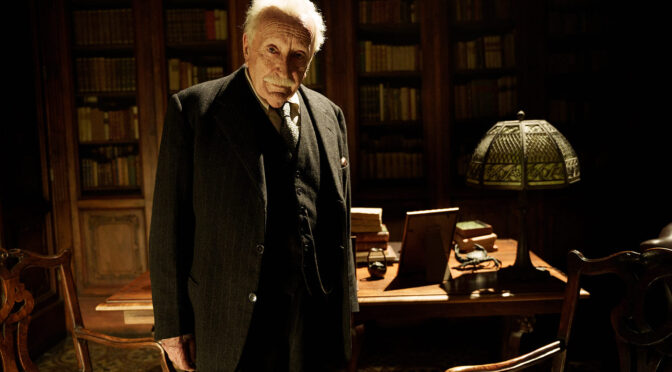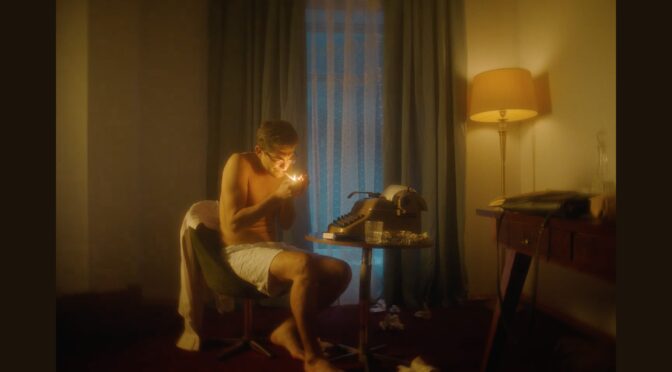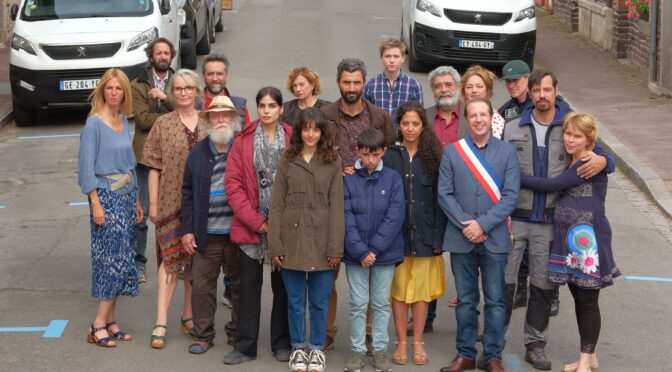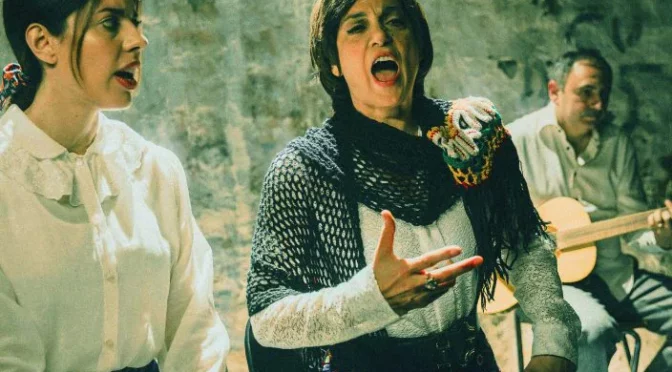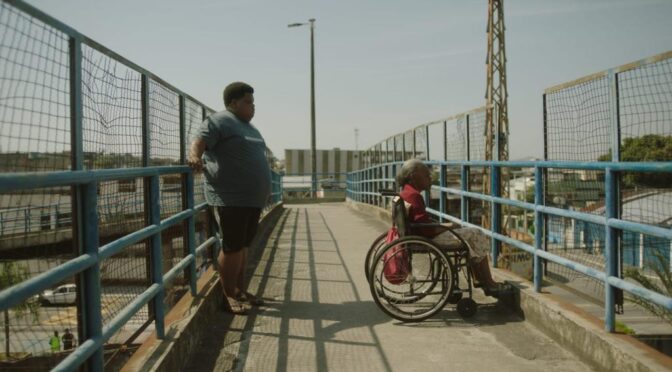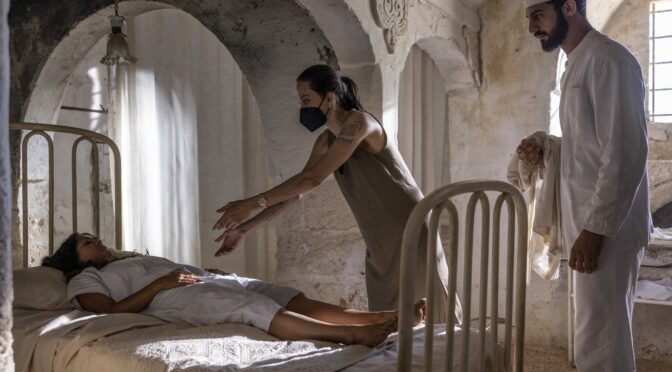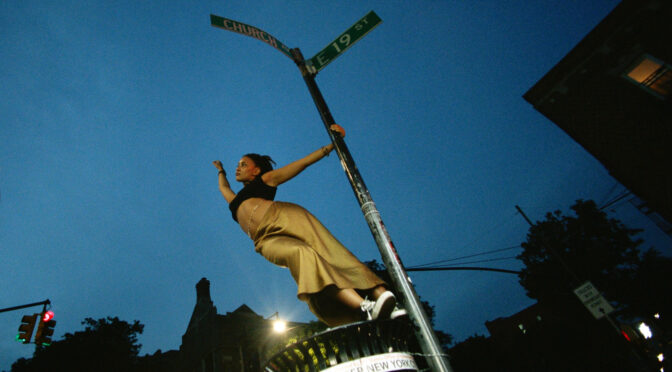Article by Elisa Gnani
Translation by Federica Riccardi
The memory of Benedetto Croce’s last Christmas serves, in Pupi Avati’s film, as a pretext to illustrate the biography of one of the greatest key players of Italian history. From political depth to talent in studies, from the vocation for freedom to philosophical vision, the documentary – presented out of competition at the forty-second edition of the Turin Film Festival – opens up an original glimpse into the life of the Italian philosopher and senator.
Continua la lettura di “UN NATALE A CASA CROCE” BY PUPI AVATI
